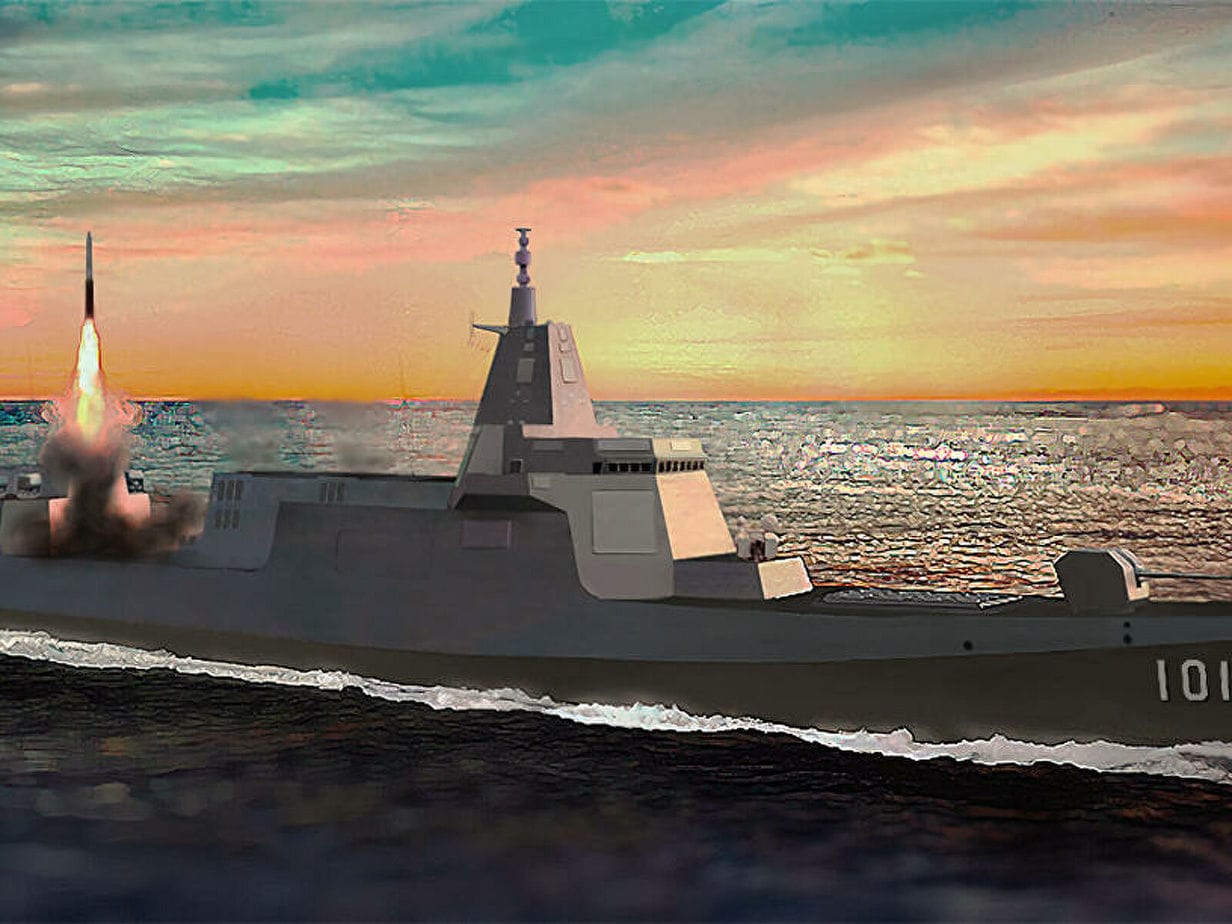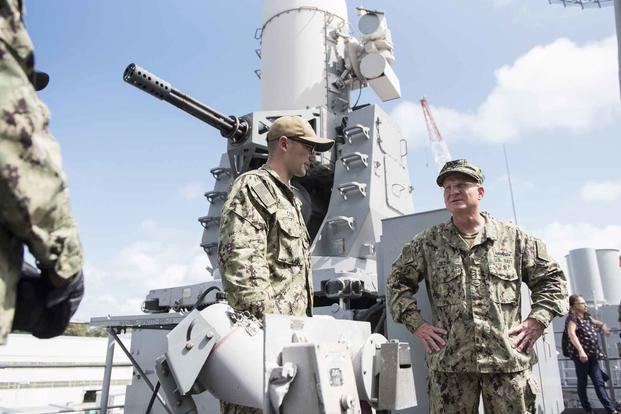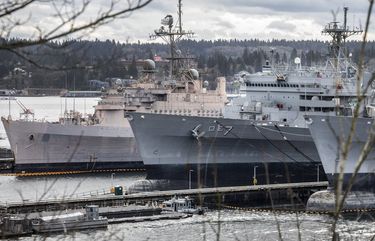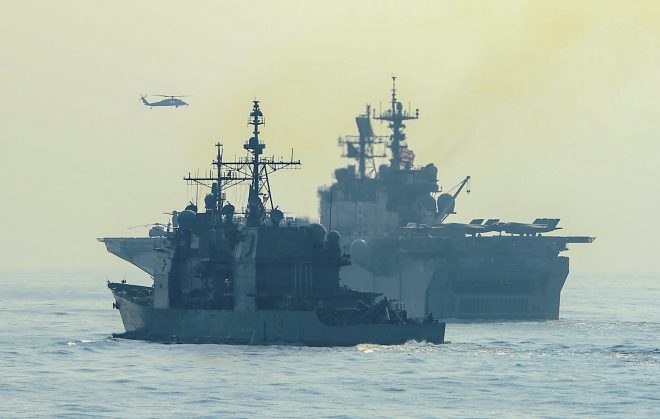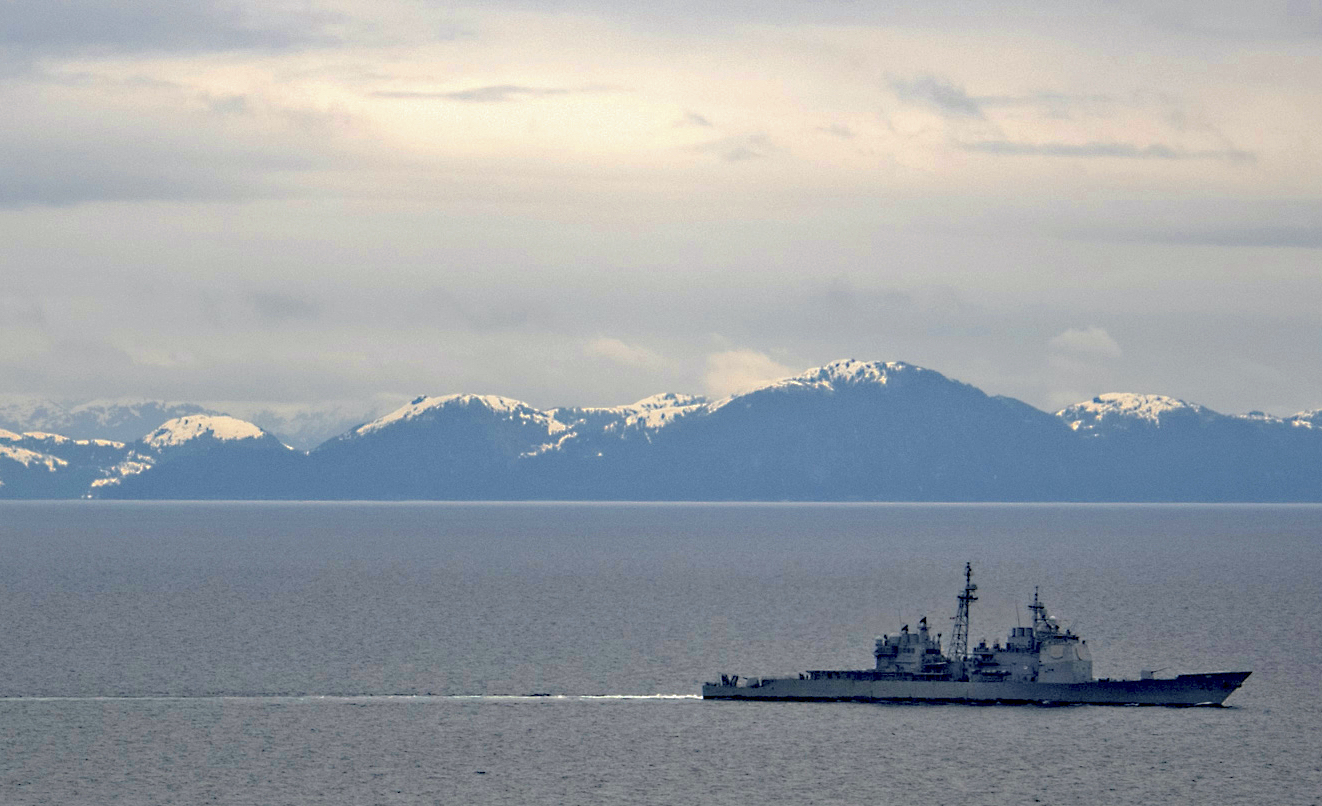From what I understand, the longer you stay at max capacity, the faster you go through your fuel and the more likely something will go wrong. That's why full power is only really used for short-duration activities like, oh, take-offs or emergencies.
Ah i see the issue.
You confusing the problems of aircraft engines with ship engines.
Despite their similarities they are pretty different.
The main issue with aircraft jet engines is that they over heat very fast and easily. Now they get around this by spraying distall water into the engine to cool it, most combat jets only carry less then 100 gallon thru. Plus they are lightly built, so less meat to tank the heat as it were. Materials science has taken the edge off that a bit.
Warship turbines fix those issues. One is that they can be built heavier, meaning that they have more meat to take the heat.
They also have active cooling systems, both a standard radaitor type set up. The Brit Type 35(?) The new ones, had power issues cause their radiators got clog up in the persion gulf. Also they have a water distillation plant to spray cold water into the engine for as long as the plant works. Or until the fuel runs out which is often the cause.
A Tico, Burke or Zumwalts can maintain full power for days with no issue cause of that. With the first two having roughly a peak output of almost 30 megawatts while the Zumwalts tickle 80 megawatts. And all three classes can and has hold this for several days. Longer if they unrep. Hell to cruise they often kill a turbine or two and run the others full out, saves a good bit of gas that way.




